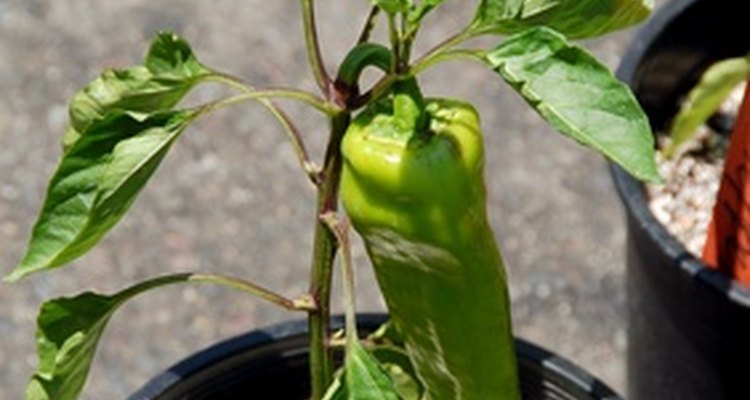
Growing vegetables in pots is one way to have fresh, nutritious produce, even if you are limited by insufficient space or an unsuitable area. Container gardening solves problems with soil-borne diseases, pests or poor soil conditions. Most vegetables are suited for growing in pots and include tomatoes, beans, peppers, eggplant, green onions, lettuce, squash, radishes and herbs. Container choices are many. Pots made from fiberglass are one option for a productive mini-garden, but they have some disadvantages.
Durability
Fiberglass, lightweight at the expense of durability, can be brittle and may crack if dropped. Pots made from fiberglass are often more expensive than containers made from other materials. The light weight of fiberglass pots is a disadvantage when growing tall vegetables, such as tomatoes and pole beans that need to be staked, as the pots can easily topple over. Small fiberglass pots may blow over in heavy winds.
Heat Absorption
Fiberglass pots do not provide insulation from destructive heat or cold, and cannot protect plant roots from rapid changes in temperature. Most vegetables prefer a sunny location, but fiberglass pots absorb and retain heat. Unlike in clay pots that breathe, soil heats up in fiberglass pots and can damage the roots. White or light-colored pots are preferable. Consider lining the pots with a thermal break, or plastic liner, to keep the soil no warmer than the ambient air temperature to prevent heat stress on the root system.
Drainage
Fiberglass pots are nonporous and retain water. If there are no drainage holes, stagnant water can collect in the bottom of the pot and rot the roots of the vegetables. Without drainage holes, there is no air circulation around the roots, but adding an inch of coarse gravel in the bottom of the container can help. Holes drilled into the bottom and around the sides of the container will allow for airflow.
Cleaning
Fiberglass has a tendency to turn chalky over time. Rust stains, calcium deposits, dirty hand prints and potting mix stains are hard to clean off fiberglass and decrease the visual appeal of the container. Scuffs and scratches easily become embedded in the material.
Related Articles
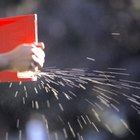
The Effects of Organic Fertilizer on ...

How to Cook Winter Root Vegetables in a ...

Why Do Vegetables Go Limp?
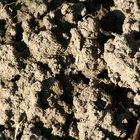
Types of Biodegradable Products
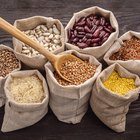
Methods of Long-Term Food Storage for ...

How to Deep Fry Vegetables With Batters

Steamed Vegetable Diet
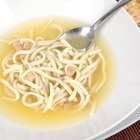
Does Canned Soup Go Bad?
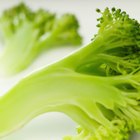
Can You Freeze Cut Carrots, Broccoli & ...
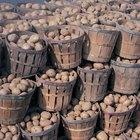
How to Store Potatoes for the Long Term

Reasons to Use Protective Overalls

Functions of the Parts of a Steam Flat ...
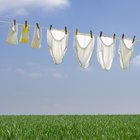
Why Do White Clothes Turn Yellow in ...

Uses of Macadamia Nut Shells

Purpose of Moth Balls

The Disadvantages of Vermicompost

Dutch Oven Vs. Cooking Pot
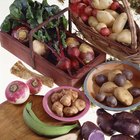
How to Preserve Rutabagas
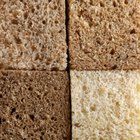
Do the Same Types of Mold Grow on All ...
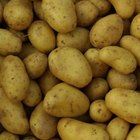
Can You Store Potatoes in the ...
References
Writer Bio
Gord Kerr's professional background is primarily in business and management consulting. In 1991, Kerr started writing freelance for a small local newspaper, "The Summerland Review," and a leading sailing publication, "Cruising World Magazine." Kerr has a Bachelor of Business Administration degree from Wilfred Laurier University.
Photo Credits
Sweet Pepper Plant Growing in Pot image by Tinu from Fotolia.com